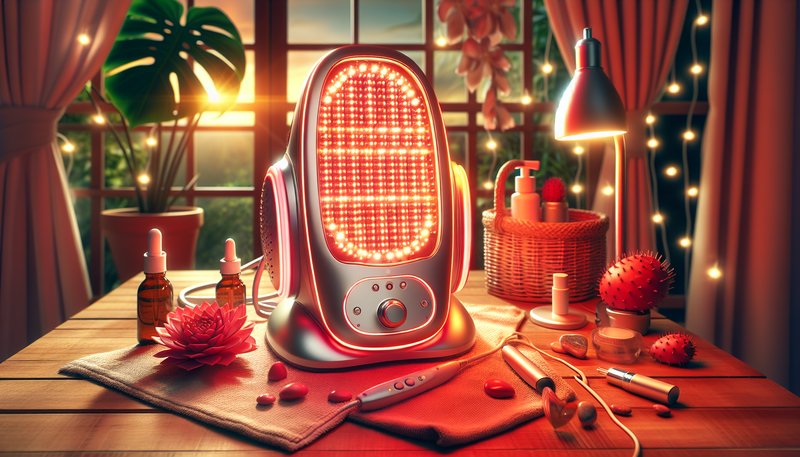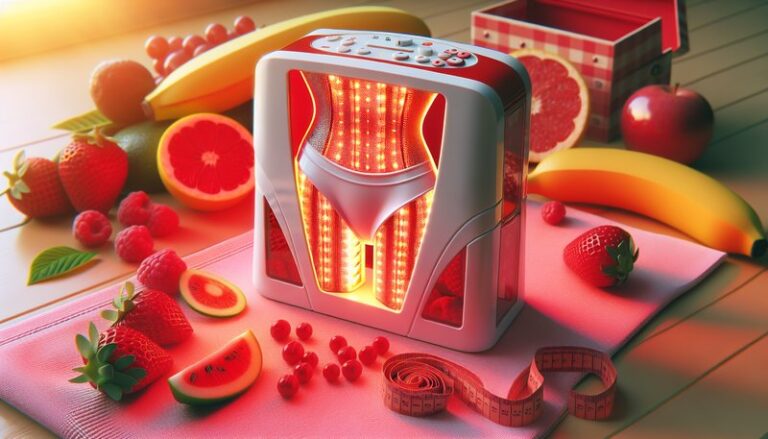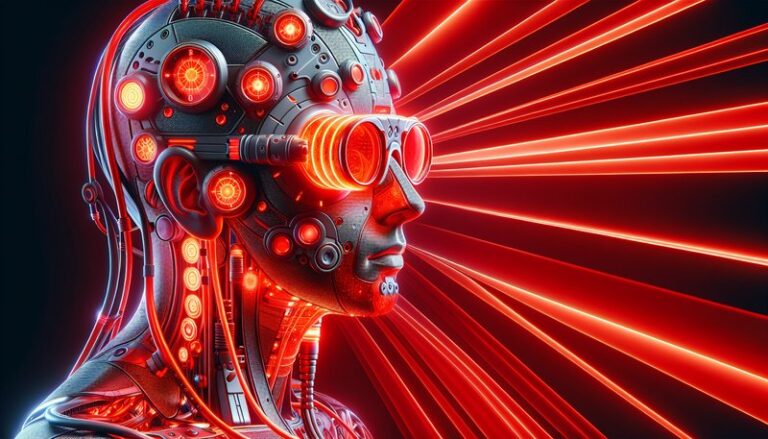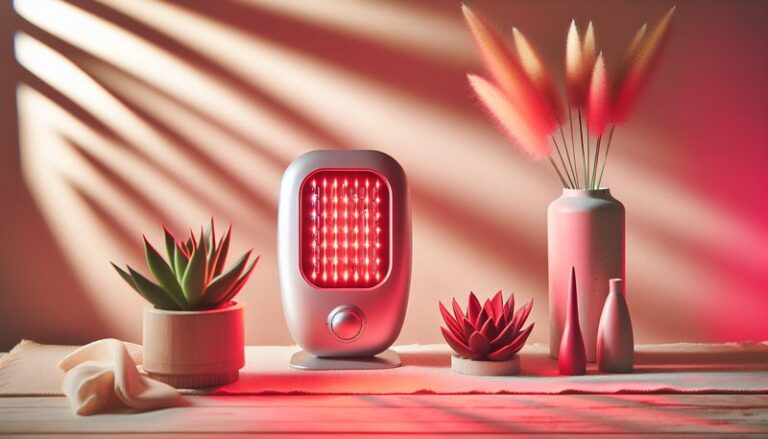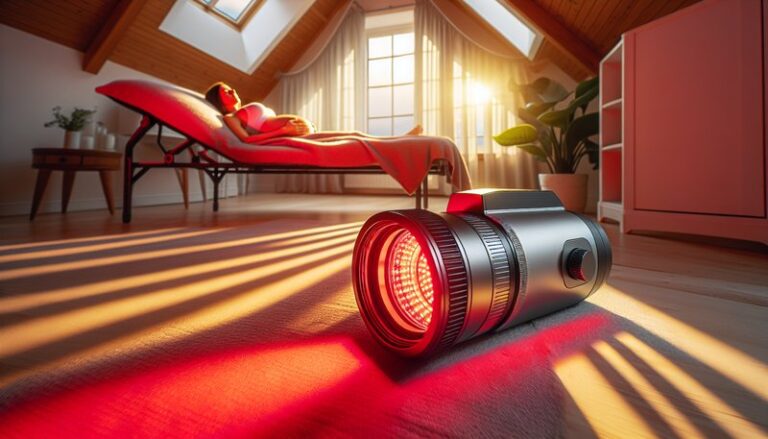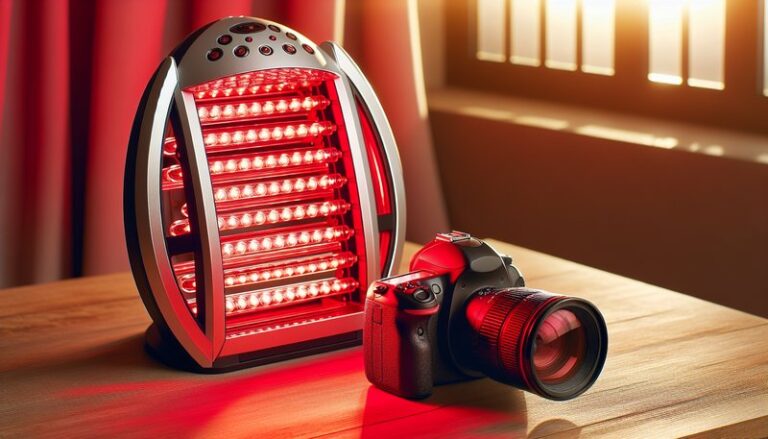Can Red Light Therapy Help Acne?
How effective is red light therapy in combating acne?
Acne is a prevalent skin condition that affects millions globally, often leading to significant distress and self-esteem issues. Among various treatment options, red light therapy has gained attention as a promising alternative. This article will delve into the science behind red light therapy, its benefits, considerations before use, and alternatives for treating acne.
Key Takeaways
- Red light therapy works by reducing inflammation and promoting healing in acne-affected areas.
- Studies suggest significant improvement in acne lesions and skin texture after consistent treatment.
- While generally safe, it is important to consider skin sensitivity, treatment duration, and professional guidance before starting therapy.
What is Red Light Therapy?
Red light therapy (RLT) is a non-invasive treatment that exposes the skin to low-wavelength red light, typically in the range of 600 to 650 nm. It is believed to penetrate the skin, enhancing cellular energy production and promoting various healing processes. This therapy is utilized not only in dermatology for skin issues like acne but also in other medical fields for wound healing, pain relief, and hair growth.
RLT operates on the premise of stimulating the skin cells through photobiomodulation. This process increases ATP (adenosine triphosphate) production, which energizes skin cells and encourages tissue repair. Apart from its known efficacy in treating acne, red light therapy is also associated with reduced inflammation and improved blood circulation.
What are the Benefits of Red Light Therapy?
Understanding the benefits of red light therapy can help assess its suitability for acne treatment. The following points highlight its advantages:
Reduction of Inflammation
RLT effectively calms inflamed skin and reduces redness associated with acne breakouts. By decreasing inflammation, it helps mitigate the visibility of acne lesions and promotes a smoother skin texture.
Accelerated Healing Process
Studies indicate that red light therapy can speed up the healing of acne lesions. Enhanced cellular metabolism results in quicker recovery times, leading to fewer visible scars over time.
Minimized Acne Scarring
Regular use of red light therapy may help fade post-acne pigmentation and scars. The stimulation of collagen production aids in skin regeneration and improves overall skin resilience.
Enhanced Skin Appearance
Beyond treating acne, RLT can improve skin tone and texture, offering a more radiant complexion. With consistent treatments, users may notice a visible glow and healthier skin.
Is it Possible to Treat Acne with Red Light Therapy?
Yes, it is entirely feasible to use red light therapy as a treatment for acne. Many individuals experience positive results after undergoing regular sessions, which can be performed at home with devices designed for personal use or at professional dermatology clinics. However, results can vary based on skin type, the severity of acne, and adherence to treatment protocols.
Find out our perspective on Does Red Light Therapy Eliminate Fungus?
What are the Advantages of Red Light Therapy?
The advantages of RLT in treating acne include:
Non-invasive Treatment
Unlike harsh chemical treatments and medications, red light therapy is non-invasive, making it a safer option with fewer side effects.
Pain-free Application
Individuals undergoing RLT generally report minimal discomfort, as the procedure is painless and does not require downtime, allowing users to resume daily activities immediately.
Sustainability and Cost-effectiveness
Over time, the cost of purchasing a red light therapy device for home use can be lower than continually seeking professional acne treatments, providing a more sustainable long-term solution.
What are the Disadvantages of Red Light Therapy?
While red light therapy has its merits, there are some disadvantages to consider:
Variable Effectiveness
Not everyone will respond equally to RLT, with some individuals experiencing minimal improvement. Factors such as skin type and acne severity can influence outcomes.
Requires Consistency
To see significant results, users must commit to a regular treatment schedule, which can be a commitment in terms of time and effort.
Initial Investment
While RLT can be cost-effective over time, the initial investment in professional treatments or home devices can be a barrier for some individuals.
Learn all about it in Can Red Light Therapy Help Psoriasis?
What are the Things to Consider Before Trying Red Light Therapy?
Before embarking on red light therapy as a treatment for acne, several important considerations should be taken into account:
Consult a Dermatologist
Prior to starting RLT, it’s advisable to consult with a dermatologist to ensure that this treatment aligns with your specific skin type and condition.
Evaluate Your Skin Sensitivity
Those with sensitive skin should proceed with caution and consider starting with shorter sessions to gauge their skin’s reaction to the therapy.
Treatment Duration and Frequency
Understanding the recommended treatment duration and frequency is essential for achieving optimal results. Adhering to guidelines will significantly influence effectiveness.
What are the Alternatives to Red Light Therapy for Acne?
For those seeking alternatives to red light therapy, several other effective treatments are available:
Topical Retinoids
Topical retinoids can help unclog pores and reduce inflammation, making them a popular choice for treating acne and improving skin texture.
Chemical Peels
Chemical peels utilize acids to exfoliate the skin, remove dead skin cells, and minimize acne outbreaks, providing a refreshed appearance with consistent use.
Laser Therapy
Laser treatments target the deeper layers of skin, reducing acne scars and promoting collagen production, offering a more aggressive form of treatment for severe acne.
Oral Medications
For more severe or persistent cases of acne, dermatologists may prescribe oral antibiotics or hormonal treatments, addressing underlying causes of breakouts effectively.
Conclusion: Is it Recommended to Use Red Light Therapy for Acne?
In sum, red light therapy presents a promising option for individuals looking to alleviate acne and improve skin condition. With numerous benefits including reduced inflammation, accelerated healing, and a non-invasive approach, RLT offers an appealing alternative. However, it is essential to consider individual skin types, consult professionals, and assess commitment to a consistent routine before beginning treatment.
Frequently Asked Questions
How long does a red light therapy session typically last?
A typical session of red light therapy may last anywhere from 10 to 30 minutes, depending on the device and the area being treated.
How often should I undergo red light therapy for acne?
For optimal results, it is generally recommended to begin with treatments 2-3 times per week, gradually adjusting based on individual progress and skin response.
Are there any side effects associated with red light therapy?
Red light therapy is predominantly safe with minimal side effects; however, some individuals may experience mild irritation or sensitivity post-treatment.
Is red light therapy safe for all skin types?
Yes, red light therapy is considered safe for most skin types, but it’s always best to consult a dermatologist for personalized advice.
Can I combine red light therapy with other acne treatments?
Yes, red light therapy can often be safely combined with other treatments; however, it’s crucial to discuss this with a qualified healthcare professional to avoid adverse reactions.
